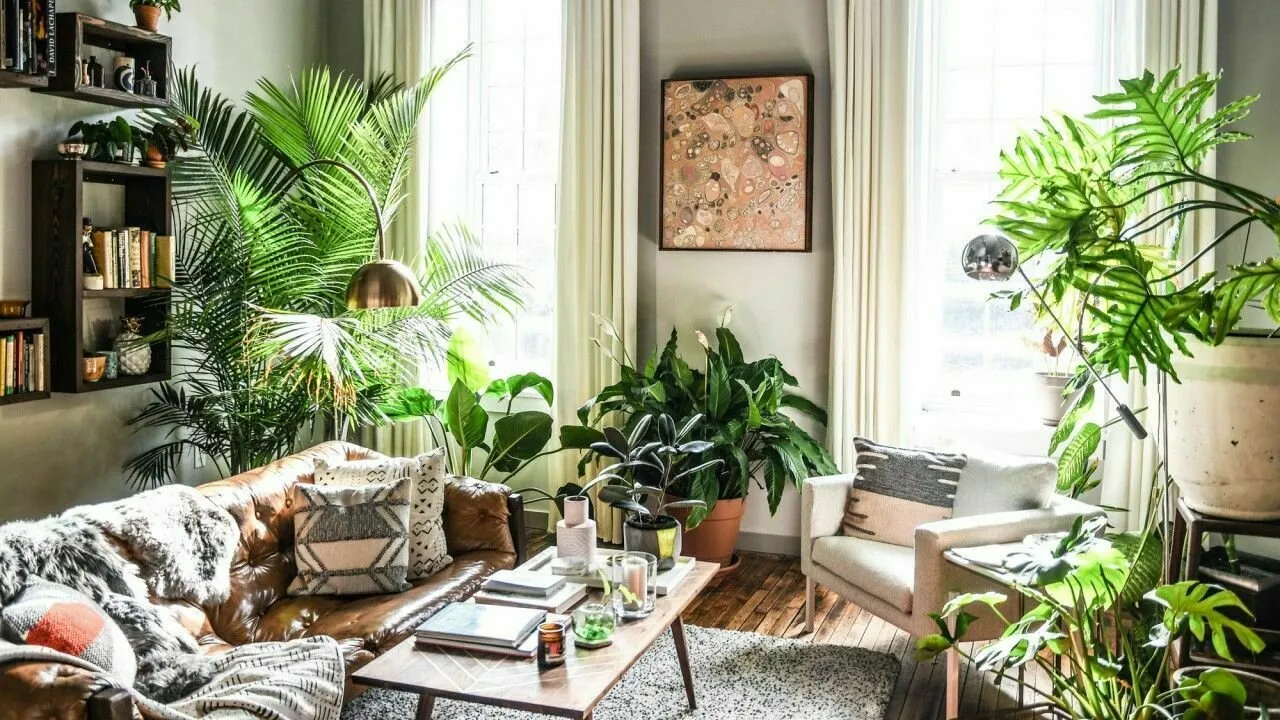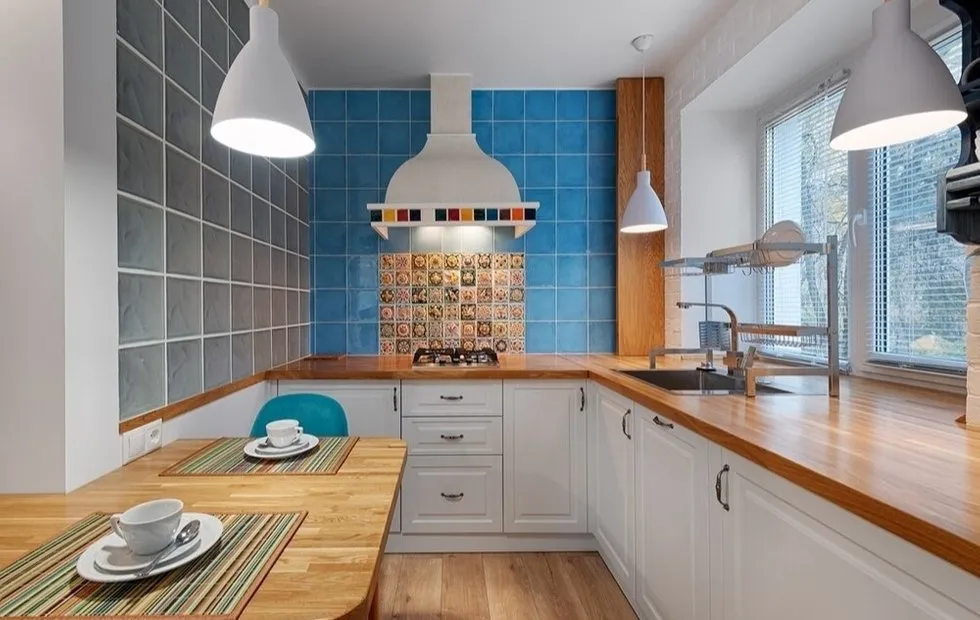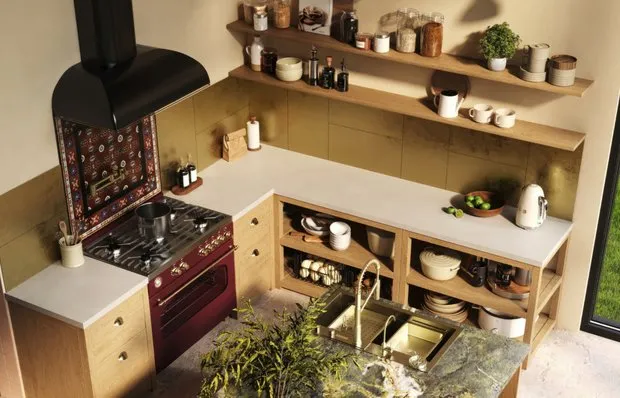There can be your advertisement
300x150
The Secret Life of Dust: Where It Comes From and How to Fight It
Practical tips for removing it
You've just finished cleaning, but dust settles again within a few days? Don't blame yourself for being untidy. Dust is not just dirt—it's a whole micro-world that lives by its own rules. Let's find out where dust comes from and how to fight it effectively.
Main points from the article:
Most household dust consists of particles of our skin;
Dust can be harmful to health, especially for allergy sufferers;
Regular damp cleaning is key to cleanliness;
Proper ventilation helps reduce dust levels;
Some plants can filter dust from the air;
High-quality filters in a vacuum cleaner are an essential part of the fight against dust.
Dust Is You: An Unexpected Source of Dirt
It's surprising, but the main source of dust in our homes is us. Each day a person sheds about 1 gram of dead skin cells. In a year, that's nearly 365 grams! These microscopic particles form most of the household dust.
Besides that, dust also contains:
Fibers from clothing and bedding;
Soil particles brought in from outside;
Plant pollen;
Mold spores.
Minuscule particles from household appliances and furniture.
The Invisible Threat: Why Dust Is Dangerous
Dust is more than just an aesthetic issue. It can be dangerous to your health, especially if you have allergies or respiratory problems.
Here's why it’s worth fighting dust:
Dust mites living in dust are among the strongest allergens;
Dust may contain toxic substances like lead from old paint;
Dust particles can irritate the mucous membranes of eyes and respiratory tract.
Damp Cleaning: Your Best Weapon
Dry cleaning often just moves dust from one place to another. Damp cleaning is what actually works.
Effective tips for damp cleaning:
- Use microfiber cloths—they collect dust excellently;
- Wash floors regularly, especially if you have pets;
- Don’t forget hard-to-reach spots: top of cabinets, baseboards, radiators.
Fresh Air: The Enemy of Dust
Proper ventilation can help reduce dust levels in your home. But it's important to do it correctly.
How to ventilate properly:
- Open windows for 10-15 minutes several times a day;
- Use mosquito nets to minimize dust from outside;
- Consider installing an air purification system.
Green Helpers: Plants Against Dust
Some indoor plants can filter dust and toxins from the air. Among them:
Chlorophytum;
Dracaena;
Ficus;
Spathiphyllum.
These plants not only beautify your interior but also help make the air cleaner.

Vacuum Cleaner: Choose Wisely
A vacuum cleaner is an indispensable helper in fighting dust. But it's important to choose the right one.
What to look for when buying a vacuum cleaner:
Suction power: optimal suction power for home use is 300-400 air watts. Don't confuse this with power consumption, which is usually indicated in watts and can reach 2000-2200 W. High power consumption doesn't always mean better cleaning.
HEPA filter presence: this filter traps up to 99.97% of particles as small as 0.3 microns, including pollen, mold spores, and even bacteria.
Cleaning type: for homes with carpets, a vacuum with a turbo brush is better. For hard floors, a model with a regular brush works well.
Noise level: a good vacuum cleaner shouldn't be too loud. Look for models with noise levels no more than 70-80 dB.
Dust container capacity: for an apartment, 2-3 liters is enough. Larger dust containers are more convenient because they don’t need to be emptied as often.
Remember that even the most powerful vacuum cleaner can't replace regular damp cleaning. Use them together for the best results.
Textile in the Home: Less Is Better
Carpets, curtains, soft furniture—all of these are excellent dust collectors. If you suffer from allergies or just grow tired of constant dust, consider minimizing textile elements in your interior.
Alternatives:
Instead of carpets—easy-to-clean floor coverings;
Instead of heavy curtains—blinds or Roman shades;
Choose furniture with smooth surfaces that are easier to clean.
Remember, it's impossible to completely eliminate dust. But following these tips, you can significantly reduce its amount and make your home cleaner and healthier.
Interesting fact: In medieval Europe, dust was considered a valuable commodity! It was collected in churches and sold as “dust of saints.” Fortunately, today we know much more about dust and understand that it's better to get rid of it.
Do you have your own secrets for fighting dust? Share them in the comments—together we can make our homes cleaner!
Cover: bhg.com
More articles:
 How to Create a Scandinavian New Year Atmosphere: 5 Tips from Our Heroine
How to Create a Scandinavian New Year Atmosphere: 5 Tips from Our Heroine Typical Apartment, Non-Typical Approach: How to Make a Khruzhchevka Cozy
Typical Apartment, Non-Typical Approach: How to Make a Khruzhchevka Cozy Before and After: How They Transformed a Small Hall in a Panel House
Before and After: How They Transformed a Small Hall in a Panel House Cafeteria Nostalgia: Why We Miss Soviet Meatballs with Macaroni
Cafeteria Nostalgia: Why We Miss Soviet Meatballs with Macaroni 2-room apartment 51 m² with lots of storage and bold color schemes
2-room apartment 51 m² with lots of storage and bold color schemes Atmospheric Kitchen in a Country House for a Food Blogger
Atmospheric Kitchen in a Country House for a Food Blogger Budget Decor DIY: What You Can Make from Things You Already Have at Home
Budget Decor DIY: What You Can Make from Things You Already Have at Home Why Renovations Always Cost More Than Planned: Real Reasons and How to Save
Why Renovations Always Cost More Than Planned: Real Reasons and How to Save